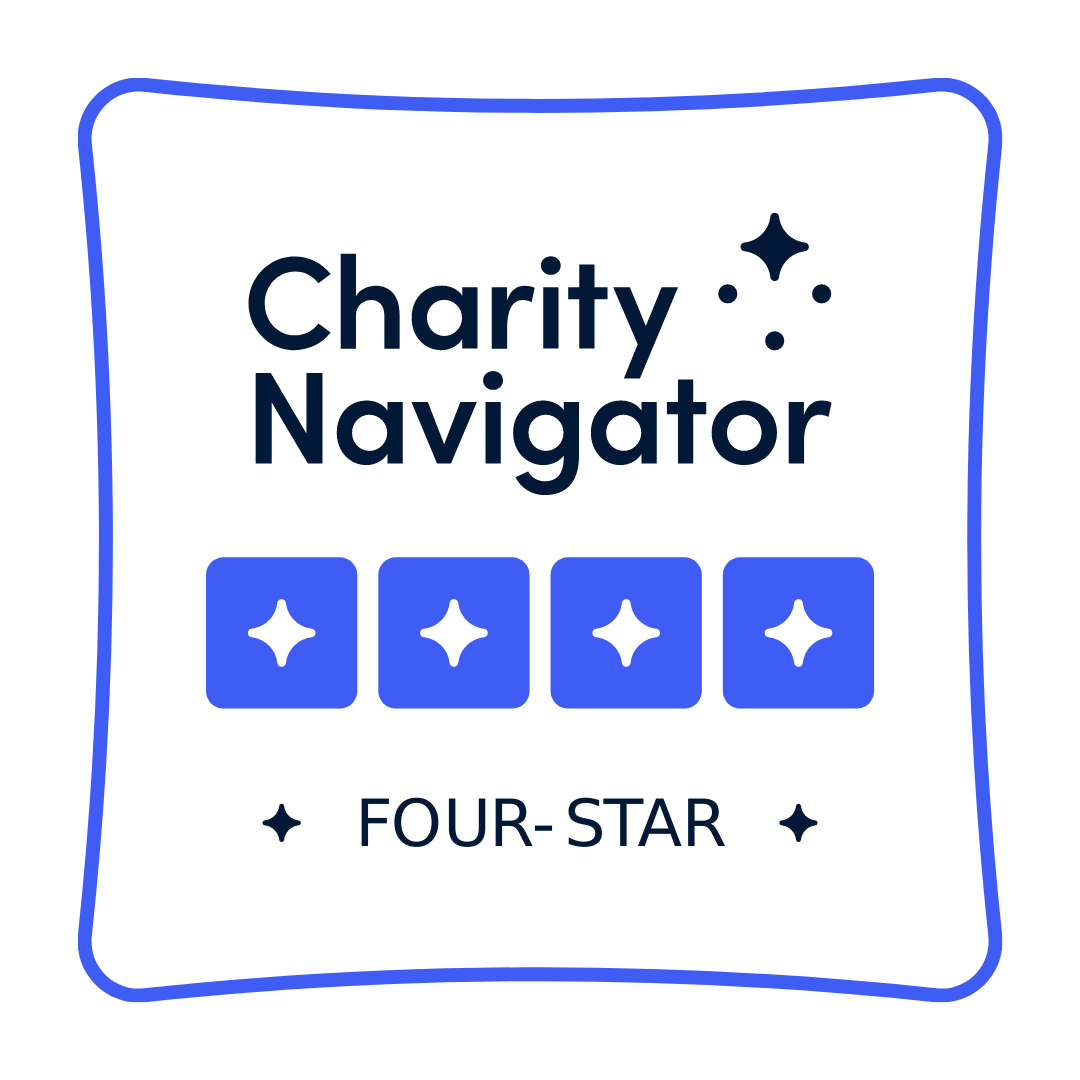SB 1383 & Edible Food Recovery: How Fresh Rescue Can Help Businesses Feed People and Save the Planet
August 12, 2022
In order to slow climate change acceleration, the state of California approved Senate Bill 1383 - Short Lived Climate Pollutant Reduction Strategy in 2016. The law establishes a timeline of targeted mandates to achieve a 75% reduction in methane emissions and a 20% increase in edible food recovery by 2025. As of January 1st of 2022, the state of California requires that all "Tier 1 generators" establish a partnership with a food recovery organization, in order to donate the maximum amount of edible food possible.By joining the San Diego Food Bank's food recovery program Fresh Rescue, businesses can help feed hungry San Diegans and reduce their environmental footprint, all while staying in compliance with Senate Bill 1383.What is the Fresh Rescue Program and how does it work?Fresh Rescue is the San Diego Food Bank's edible food recovery program, which helps food vendors donate unsellable, yet edible, food products, such as the following:
- Items approaching their best-by or expiration dates
- Lightly torn or dented packaging
- Food with cosmetic imperfections
- Surplus food
- Out of code items
- Anything that cannot be sold, but is still considered safe to eat
In addition to the items listed above, the San Diego Food Bank and its nonprofit partners are also able to accept non-food items, such as kitchen supplies, household cleaning items and pet food.The only items that will not be accepted under any circumstances are pesticides, alcohol, supplements and over the counter prescription medications.[caption id="attachment_19608" align="alignright" width="300"]

The Food Bank receives groceries through our Fresh Rescue Program from a variety of local food vendors and grocery stores to help feed those facing nutrition insecurity while also preventing food waste.[/caption]Currently, the program consists of a network of over 80 nonprofit partners and over 90 food vendors. Food vendors, such as grocery stores, food distributors, caterers, cafeterias and restaurants, can contact the San Diego Food Bank to establish a partner agreement and pick-up schedule (one-time or recurring basis). Either the food bank or one our certified nonprofit partners will pick up items using their own transportation.After the food is collected, all items are weighed by product category and reported to the San Diego Food Bank. Within 24 hours, donations are distributed to low-income individuals and families at no cost.If you are in need of a donation receipt, we are able to offer one on a set schedule (monthly, quarterly annually) or an as-needed basis.Why partner with the San Diego Food Bank? The San Diego Food Bank has been working closely with the San Diego Food System Alliance, County of San Diego and CalRecycle to help prepare local jurisdictions, businesses and feeding organizations for the upcoming changes brought upon by Senate Bill 1383. We attend monthly meetings, facilitate workshops, provide available data on food recovery and aid in the development of capacity surveys in San Diego County. Through these partnerships and trainings, the San Diego Food Bank has become a leading example in Senate Bill 1383 implementation.In addition, the San Diego Food Bank is San Diego's longest operating food bank. We currently feed 500,000 individuals every month and supply food to over 500 nonprofit partners. Our nonprofit partners include, but are not limited to, soup kitchens, neighborhood distributions, senior living homes, low-income daycare center and drug/alcohol rehabilitation facilities. Through these long-standing partnerships with local nonprofits, we are able to help distribute more food to those in need.What are the environmental impacts of food waste?Every year, about 40% of all food produced in the U.S. goes uneaten, which results in about 62.5 million pounds of food entering landfills annually. Not only is throwing away edible food wasteful, it contributes to the acceleration of climate change and ozone layer depletion by releasing methane - a harmful greenhouse gas that is 25% more effective at trapping heat than carbon dioxide. Currently, landfills are the third largest source of methane emissions in the United States and are responsible for 20% of methane emissions in California. By reducing food waste through composting and feeding individuals facing food insecurity, you are contributing to a cleaner and safer future for all San Diegans.[button url="https://www.epa.gov/system/files/documents/2021-11/from-farm-to-kitchen-the-environmental-impacts-of-u.s.-food-waste_508-tagged.pdf" color="green" target="new" position="left" text="Click to Read More About Food Waste"]Feeding Individuals Facing Nutrition Insecurity through Food Recovery The amount of food currently being wasted has the potential to feed 150 million Americans, which far surpasses the 35 million Americans currently facing food insecurity. In San Diego alone, 1 in 3 people experience nutrition insecurity, and are unable to provide three well-balanced meals for themselves or their families every day. The San Diego Food Bank created its food recovery program, Fresh Rescue, to help reduce waste and feed those in need. In the last fiscal year the San Diego Food Bank, with the help of our dedicated nonprofit partners, recovered over 20 million pounds of edible food destined for landfills, which is equivalent to more than 16 million meals.Interested in joining the program or learning more?[button url="mailto: acarson@sandiegofoodbank.org; kthomson@sandiegofoodbank.org" color="green" target="self" position="left" text="Contact Our Team"]





